Home>Dining>Tableware>Which Piece Of Glassware Is Cone-Shaped Except For A Cylinder-Shaped Opening?


Tableware
Which Piece Of Glassware Is Cone-Shaped Except For A Cylinder-Shaped Opening?
Modified: September 1, 2024
Looking for cone-shaped tableware with a cylinder-shaped opening? Discover the perfect glassware piece that combines functionality and style.
(Many of the links in this article redirect to a specific reviewed product. Your purchase of these products through affiliate links helps to generate commission for Storables.com, at no extra cost. Learn more)
Introduction
Welcome to the fascinating world of tableware! From plates and bowls to cups and saucers, there are a plethora of options available to enhance your dining experience. One particular category of glassware that stands out is the cone-shaped glassware with a cylinder-shaped opening. This unique design not only adds aesthetic appeal but also serves practical functions in various settings.
Whether you are a connoisseur of fine dining or simply looking to upgrade your tableware collection, understanding the characteristics and uses of cone-shaped glassware with cylinder-shaped openings is essential. In this article, we will delve into the intriguing world of cone-shaped glassware, exploring their distinct features and practical applications.
So, grab a cup of your favorite beverage, sit back, and let’s explore this fascinating topic together!
Key Takeaways:
- Elevate your dining experience with cone-shaped glassware featuring cylinder-shaped openings. Enjoy seamless pouring, enhanced aroma appreciation, and elegant aesthetics for any occasion.
- Explore a wide range of glassware options with cylinder-shaped openings, from wine glasses to cocktail glasses, each designed to optimize the enjoyment of different beverages. Cheers to sophistication and practicality!
Read more: Which Glassware Is Worth Money
Characteristics of Cone-Shaped Glassware
Cone-shaped glassware, as the name suggests, is characterized by its conical shape. These glassware pieces feature a tapered body that gradually narrows from a wider top opening to a narrower base. This unique shape offers several distinct advantages that set them apart from other types of glassware.
First and foremost, the cone-shaped design of these glassware pieces allows for efficient and controlled pouring. The tapered body helps in directing the flow of liquid, preventing spills and ensuring precision while pouring. Whether you are serving cocktails, wines, or even hot beverages, cone-shaped glassware provides a seamless pouring experience.
Additionally, cone-shaped glassware often has a wider top opening. This wider opening allows for easy access and facilitates the release of aromas, particularly in the case of beverages like wine and whiskey. The broader surface area at the top enhances the overall olfactory experience, allowing the drinker to fully appreciate the bouquet and subtle nuances of the drink.
Furthermore, the conical shape provides better stability and balance. The wider top and narrow base create a low center of gravity, reducing the risk of tipping or toppling over. This feature is particularly advantageous for stemless cone-shaped glassware, where maintaining balance becomes crucial.
In terms of aesthetics, cone-shaped glassware offers an elegant and sophisticated look. The tapering silhouette adds a touch of class to any table setting, making it ideal for formal occasions and fine dining experiences. Whether it’s a dinner party with friends or a romantic evening with a loved one, cone-shaped glassware adds a touch of elegance to the overall ambiance.
Lastly, cone-shaped glassware often boasts a smooth and seamless finish, enhancing the tactile experience for the user. The sleek surface and rounded edges create a comfortable grip and make drinking from these glasses a pleasurable experience.
In summary, cone-shaped glassware is characterized by its tapered body, wider top opening, stability, elegance, and smooth finish. These unique characteristics contribute not only to the visual appeal but also to the functionality and overall experience of using cone-shaped glassware.
Description and Functions of Cylinder-Shaped Openings
Within the fascinating world of cone-shaped glassware, the cylinder-shaped opening plays a crucial role in both form and function. The presence of a cylinder-shaped opening adds a distinct visual and practical element to the glassware piece. Let’s explore the description and functions of these openings in more detail.
The cylinder-shaped opening, also known as a rim or lip, refers to the circular top portion of the glassware. It is the area from which the liquid is consumed or poured. This opening can vary in size and thickness, depending on the specific purpose and design of the glassware piece.
One of the primary functions of the cylinder-shaped opening is to allow easy access to the liquid contents of the glassware. The size of the opening is carefully designed to facilitate comfortable sipping or drinking, ensuring a smooth and enjoyable experience. It also allows for easy insertion of stirrers, straws, or garnishes, depending on the type of beverage being served.
The thickness of the opening is also significant. Thicker rims provide a sturdier and more substantial feel to the glassware, while thinner rims offer a delicate and elegant touch. The choice of thickness often depends on personal preference and the desired aesthetic appeal.
Beyond its functionality, the cylinder-shaped opening has aesthetic qualities as well. It serves as a defining feature of the glassware, adding character and visual interest. Different glassware styles may feature unique rim designs, such as flared rims, rolled rims, or even decorative rims with etchings or patterns.
Moreover, the cylinder-shaped opening aids in controlling the flow of the liquid when pouring or drinking. By creating a defined perimeter, it minimizes spillage and allows for precise and controlled pouring. This is particularly important when serving beverages like wine, where precise pouring is essential.
The size of the cylinder-shaped opening also contributes to the overall drinking experience. Smaller openings, found in glassware like tulip-shaped wine glasses, help concentrate the aromas and enhance the flavor profile of the beverage. On the other hand, larger openings, seen in glasses like highball glasses, allow for increased airflow and facilitate the appreciation of a mixed drink’s aromas.
In summary, the cylinder-shaped opening in cone-shaped glassware serves both practical and aesthetic functions. It allows for easy access to the liquid, controls the flow during pouring and drinking, and adds visual interest to the glassware piece. The size and thickness of the opening further enhance the overall drinking experience, contributing to the enjoyment and appreciation of the beverage being served.
The piece of glassware that is cone-shaped except for a cylinder-shaped opening is a funnel. It is commonly used in laboratories and kitchens for transferring liquids or powders into containers with small openings.
Identifying Glassware with Cone-Shaped Bodies
When it comes to identifying glassware with cone-shaped bodies, there are a few key characteristics to look out for. Recognizing the distinctive features of cone-shaped glassware will help you select the right pieces for your table setting and enhance your overall dining experience.
One of the most obvious identifying factors of cone-shaped glassware is the tapered body. Look for glasses that have a wider top opening that gradually narrows towards the bottom. This conical shape sets them apart from other types of glassware with straight or curved bodies.
Another feature to consider is the overall height and volume of the glassware. Cone-shaped glassware is often taller and narrower compared to other types of drinkware. This height allows for a greater visual impact and accentuates the elegance of the glassware.
Additionally, consider the material of the glassware. Cone-shaped glassware is commonly made from materials like glass or crystal. These materials not only enhance the appearance but also add durability and clarity to the glassware pieces.
Furthermore, look for specific styles that are associated with cone-shaped glassware. For example, wine glasses with a tulip-shaped bowl and a tapered stem often have a cone-shaped body. Champagne flutes, with their slender and elongated shape, are another example of cone-shaped glassware.
Pay attention to the size and capacity of the glassware as well. Cone-shaped glassware can come in various sizes, depending on the intended purpose. Larger sizes are commonly used for wines, while smaller sizes are often used for spirits or cocktails.
Lastly, consider the overall design and aesthetic of the glassware. Cone-shaped glassware can feature various decorative elements such as etchings, patterns, or unique stem designs. These design elements not only add visual interest but also enhance the overall presentation of the beverage.
In summary, identifying cone-shaped glassware involves looking for a tapered body, taller and narrower design, materials like glass or crystal, specific styles like wine glasses or champagne flutes, various sizes, and unique design elements. By keeping these characteristics in mind, you will be able to distinguish cone-shaped glassware and select the perfect pieces to elevate your table setting.
Glassware Options with Cylinder-Shaped Openings
Glassware with cylinder-shaped openings offers a wide range of options to suit different preferences and beverages. Whether you’re serving water, wine, cocktails, or hot beverages, there are several types of glassware with cylinder-shaped openings to choose from. Let’s explore some popular options:
- Wine Glasses: When it comes to wine, there is a vast selection of glassware with cylinder-shaped openings. From red wine glasses with wider openings to help aerate the wine and enhance its flavors, to white wine glasses with slightly narrower openings to preserve the delicate aromas, these glasses are designed to optimize the enjoyment of different wine varietals.
- Cocktail Glasses: Cocktail enthusiasts will appreciate the variety of glassware options available. Martini glasses, with their iconic V-shaped bowls and thin stems, feature cylinder-shaped openings that allow the drinker to savor the flavors and aromas of the cocktail. Highball glasses, commonly used for mixed drinks like the classic Mojito or Tom Collins, also have cylinder-shaped openings that make them perfect for sipping cocktails.
- Tumblers: Tumblers are versatile glassware options with cylinder-shaped openings that can be used for a wide range of beverages. They are commonly used for serving water, juice, soda, and even whiskey on the rocks. Tumblers with thicker cylinder-shaped rims offer a substantial feel, while those with thinner rims provide a more delicate drinking experience.
- Shot Glasses: For those looking to enjoy a quick shot of their favorite spirit, shot glasses are a popular choice. These small glasses with cylinder-shaped openings are specifically designed for consuming strong alcoholic beverages in one quick sip. They come in various styles and sizes, catering to different preferences.
- Mugs: When it comes to hot beverages like coffee and tea, mugs with cylinder-shaped openings are a popular choice. They offer ample space for adding milk, sweeteners, or toppings like whipped cream. The cylindrical shape helps retain the heat of the beverage, allowing for a cozy and enjoyable drinking experience.
These are just a few examples of glassware options with cylinder-shaped openings. It’s important to consider the specific needs and preferences for each beverage when selecting the right glassware. Each type of glassware is designed with specific characteristics and functionalities to enhance the drinking experience of different beverages.
So whether you’re hosting a dinner party, enjoying a quiet evening at home, or simply looking to add to your glassware collection, there’s a wide range of options with cylinder-shaped openings to suit your needs and preferences.
Read more: Which Glassware Is Most Accurate
Conclusion
In conclusion, cone-shaped glassware with cylinder-shaped openings adds a touch of elegance and functionality to any table setting. With their tapered bodies, wider top openings, and stable bases, these glassware pieces offer a seamless pouring experience, enhance aroma appreciation, and provide visual appeal.
Understanding the characteristics and uses of cone-shaped glassware allows you to make informed choices when selecting the right glassware for your specific needs. Whether you’re looking for wine glasses to enhance the flavors of your favorite wines, cocktail glasses to savor the complexities of mixed drinks, or tumblers for everyday beverages, there are plenty of options available with cylinder-shaped openings.
Remember to consider the materials, sizes, and designs that best fit your personal style and the beverages you plan to serve. Each type of glassware with a cylinder-shaped opening brings its own unique advantages in terms of pouring control, aroma release, and overall drinking experience.
Investing in high-quality cone-shaped glassware not only elevates your table setting but also enhances your enjoyment of beverages. Whether you’re hosting a formal dinner or simply having a casual gathering with friends, cone-shaped glassware adds a touch of sophistication and elegance to any occasion.
So, the next time you raise a glass, take a moment to appreciate the artistry and practicality of cone-shaped glassware with cylinder-shaped openings. Cheers to a delightful and memorable dining experience!
Frequently Asked Questions about Which Piece Of Glassware Is Cone-Shaped Except For A Cylinder-Shaped Opening?
Was this page helpful?
At Storables.com, we guarantee accurate and reliable information. Our content, validated by Expert Board Contributors, is crafted following stringent Editorial Policies. We're committed to providing you with well-researched, expert-backed insights for all your informational needs.

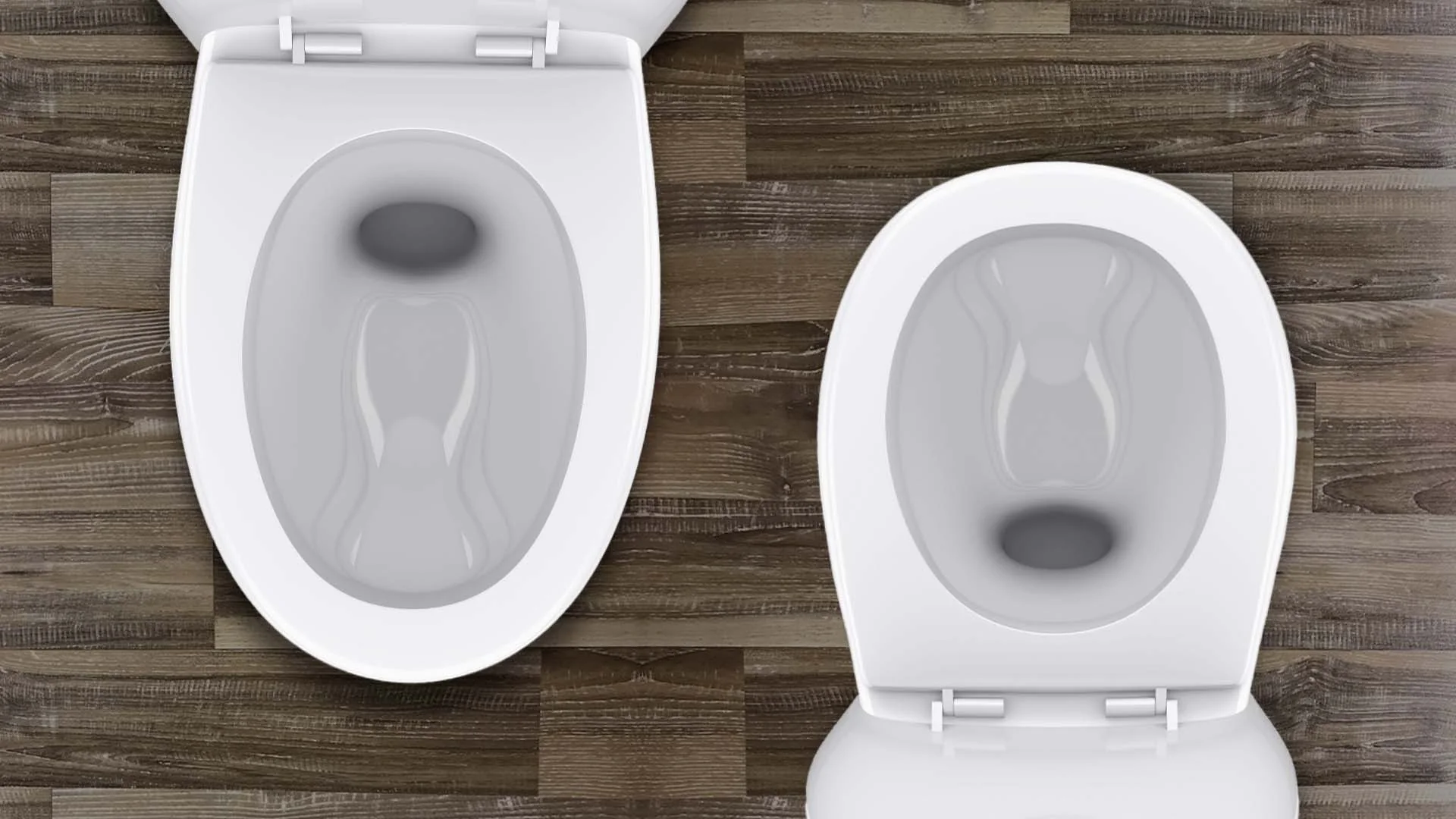
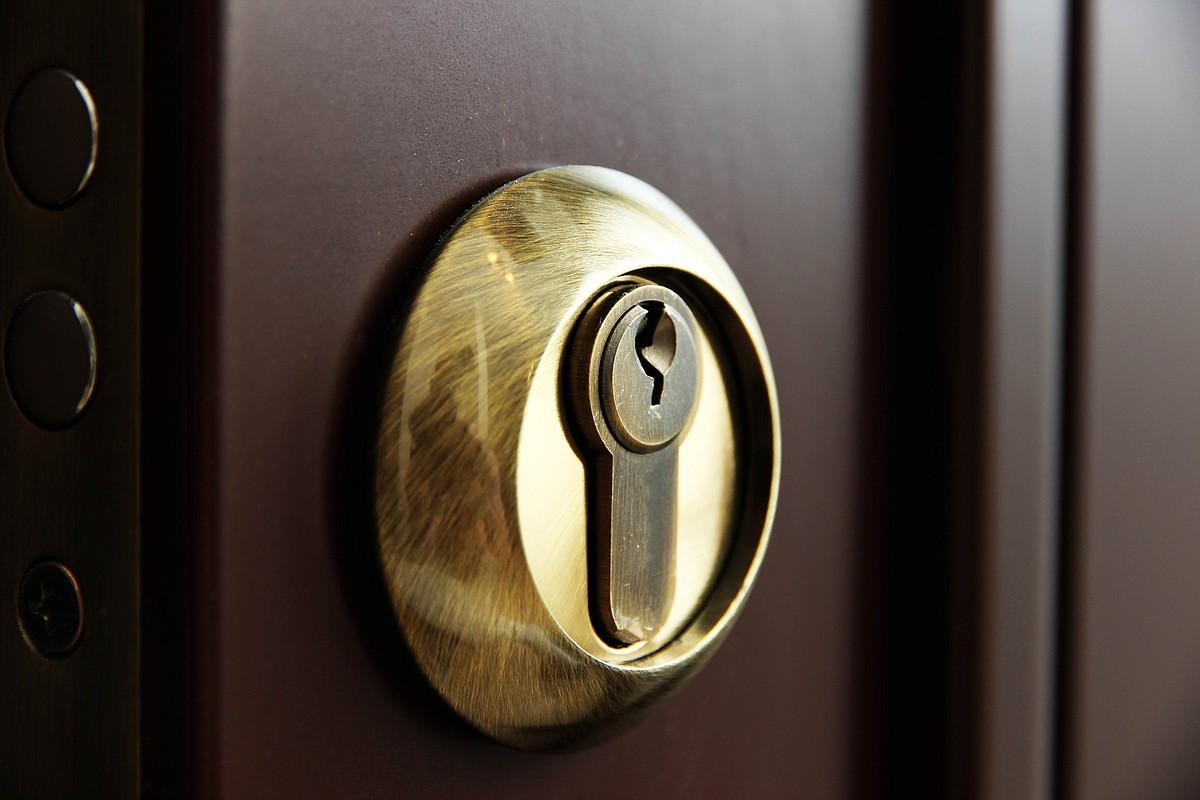
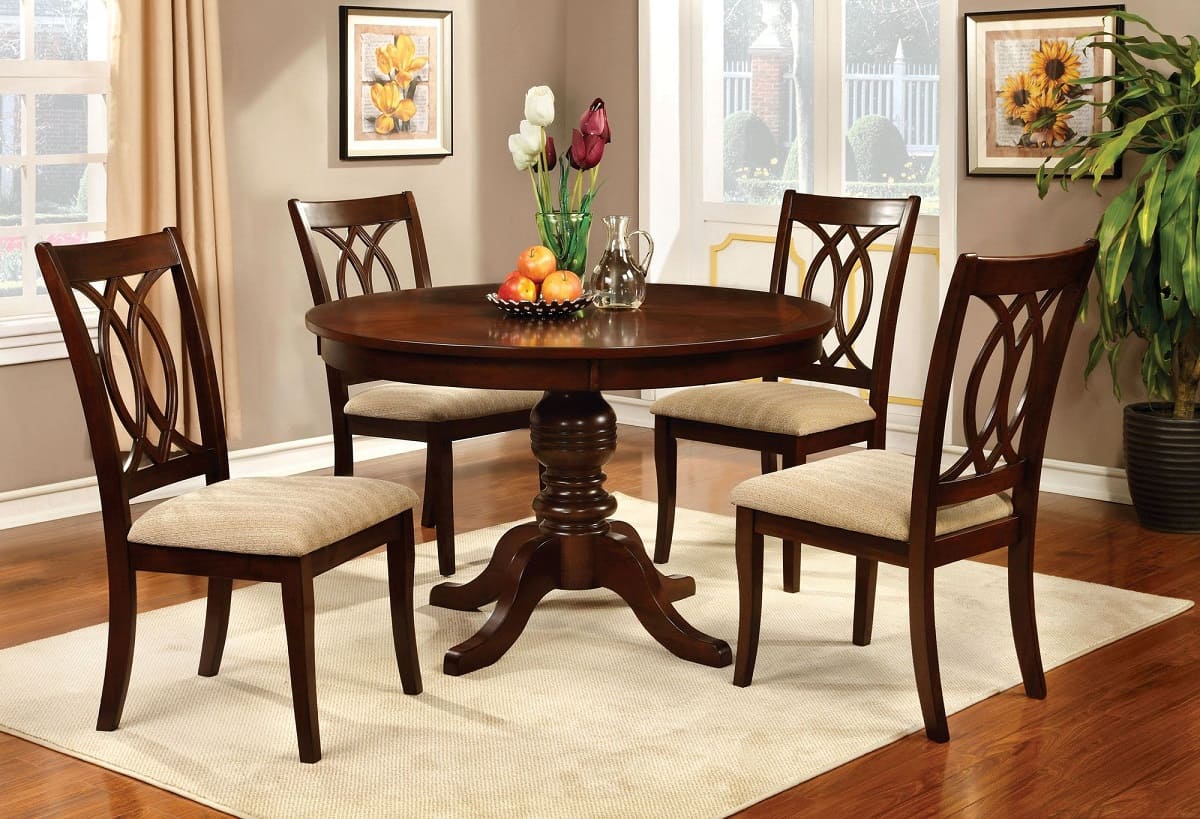
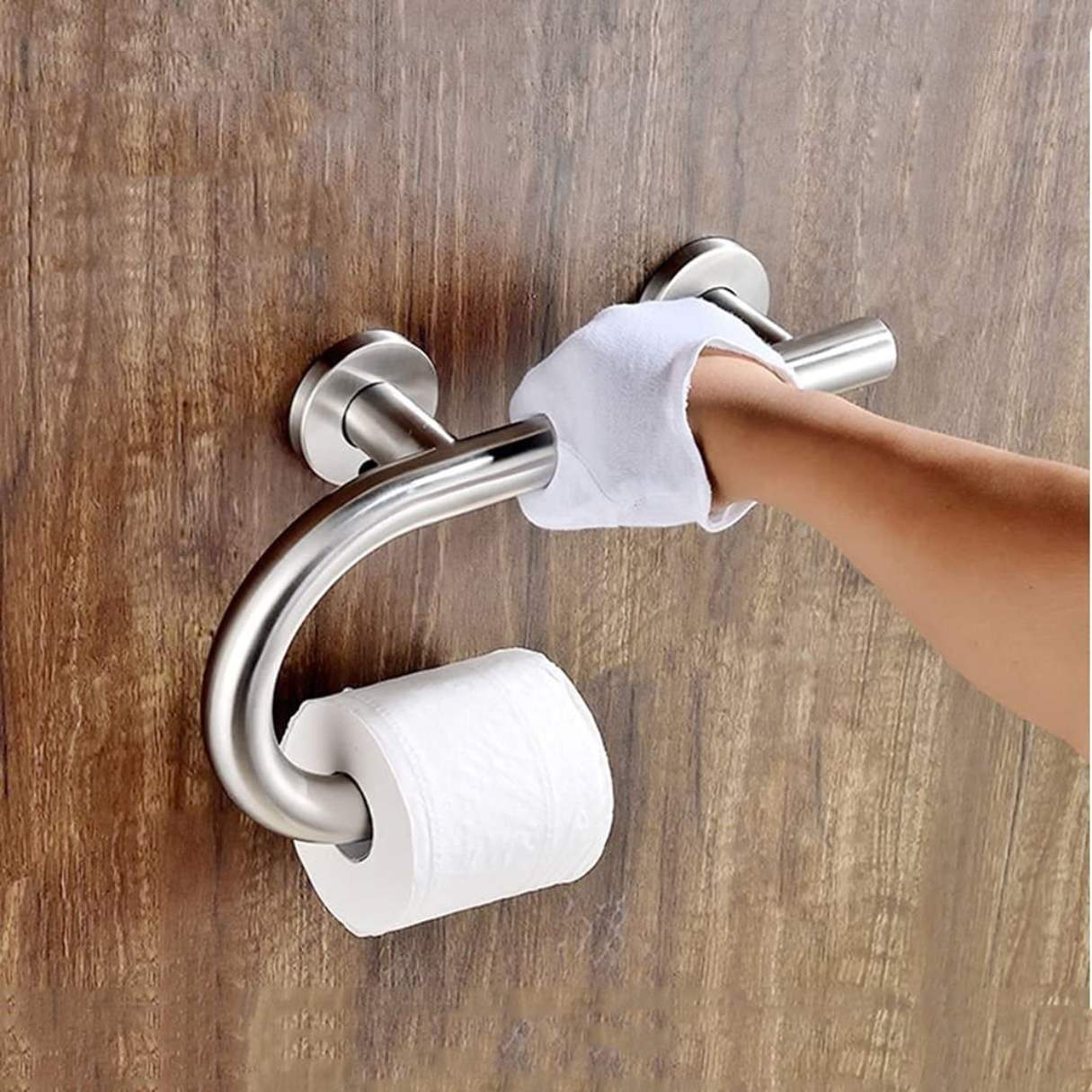

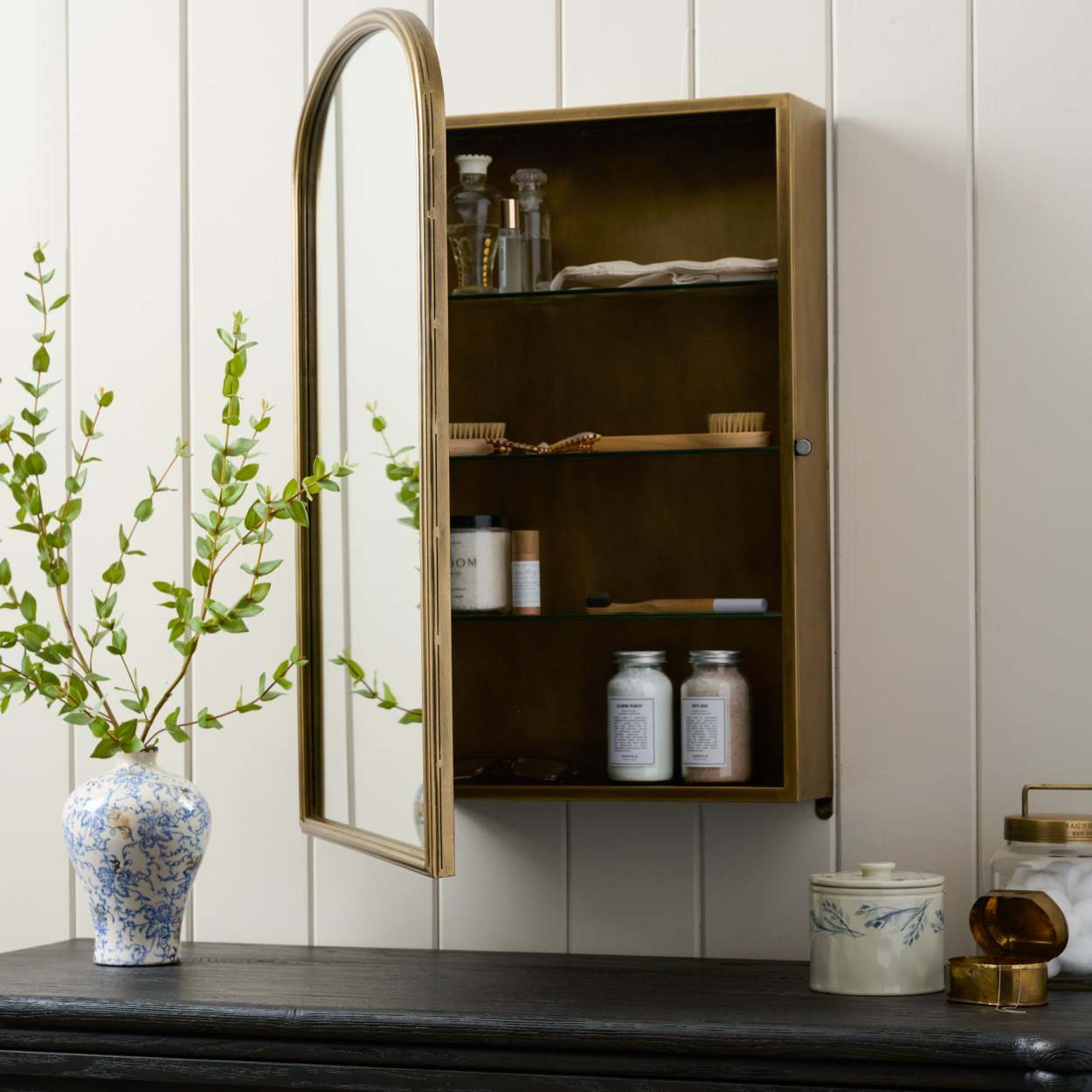
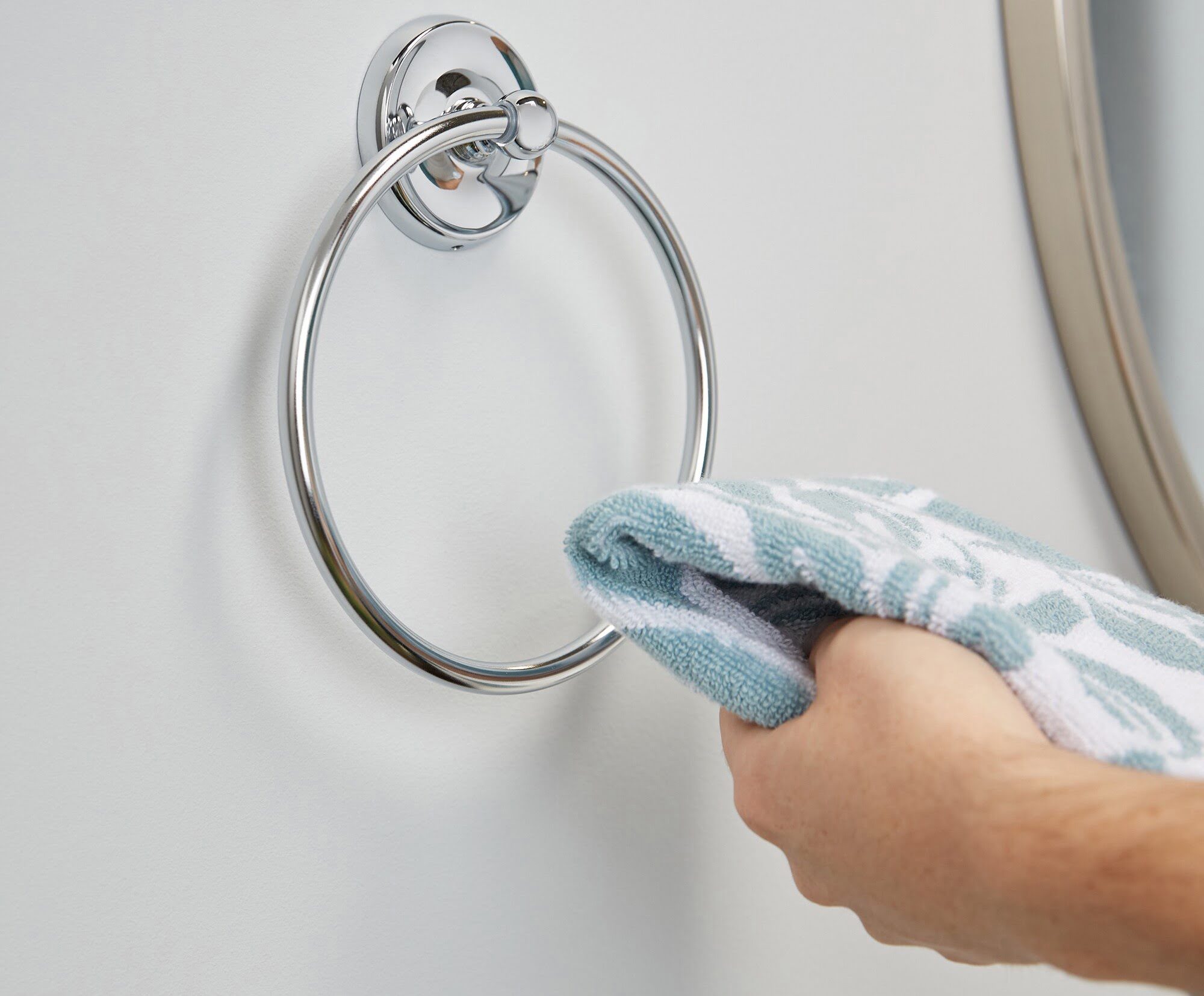

0 thoughts on “Which Piece Of Glassware Is Cone-Shaped Except For A Cylinder-Shaped Opening?”